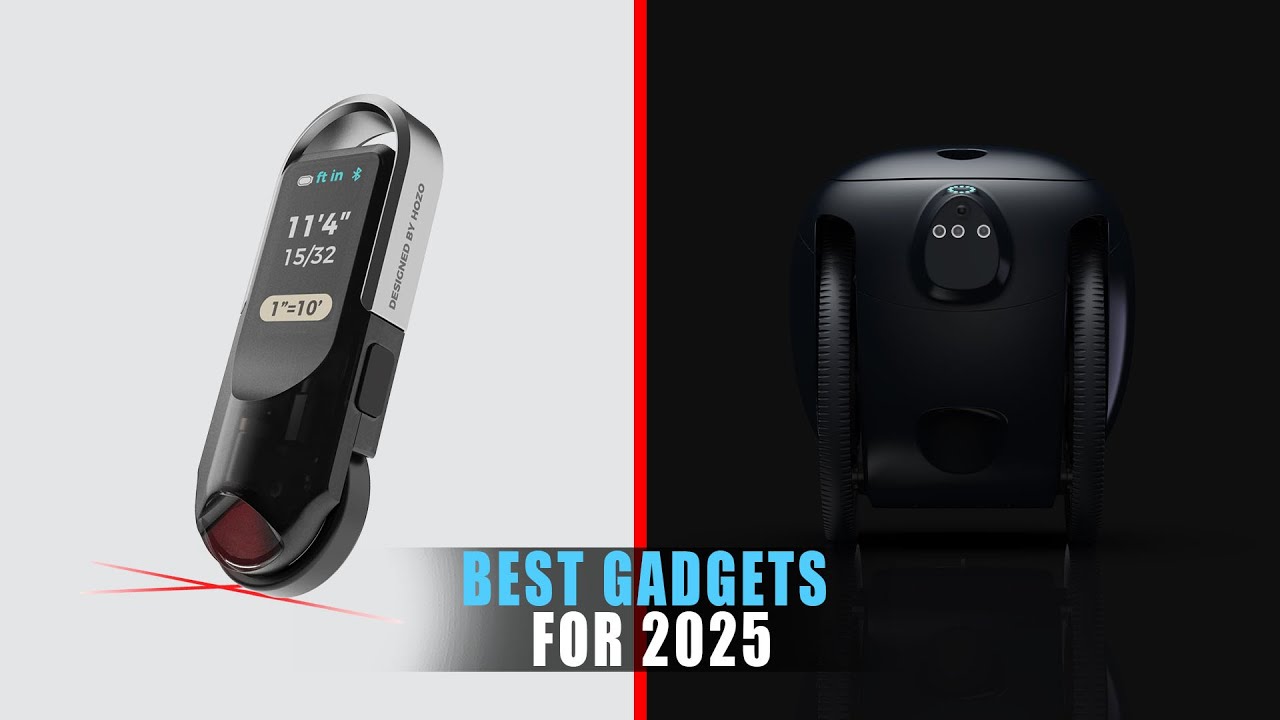Embracing Innovation: Washburn University’s New Food Delivery Robots
In an age where convenience reigns supreme, Washburn University is leading the way in integrating technology into everyday student life. Recently, the university introduced a fleet of delivery robots from Starship Technologies, promising to revolutionize the way students enjoy their meals on campus.
These autonomous machines are not just novelty; they embody the spirit of innovation that many educational institutions strive for. Equipped with advanced AI technology, these robots efficiently navigate the campus, delivering meals from nearby markets and cafes to students nestled in various corners of the property.
Future of food delivery
Convenience at Its Best
“We were just looking for more options for students to be able to dine on campus,” explains Shon Spader, the Director of Dining Services. This need for accessibility is particularly important for students who may not want to trek across campus, especially those attending classes at the Law School or living in the Village dorms.
Imagine being deep into a late-night study session, surrounded by textbooks, when suddenly, the doorbell rings and your favorite meal arrives—without you having to lift a finger. This is the future that Washburn’s delivery robots promise.
Fast and Efficient
Starship’s robots are engineered for speed, claiming that most deliveries are completed in mere minutes. With the backing of a company that has logged over 7 million autonomous deliveries worldwide, it’s a testimony to their reliability. The robots are designed to tackle varied environments, equipped to travel through rain, snow, and even at night, providing students a seamless dining experience that fits their hectic schedules.
Autonomous delivery in action
A Glimpse into the Future
As I watched one of these robots gracefully navigate around students and obstacles alike, I couldn’t help but reflect on the implications this technology holds for the future. These robots utilize computer vision and sensors to operate with impressive precision. The ability to map their environment down to the nearest inch means they contribute to safety—eliminating collision risks that could come with an overhaul of traditional delivery methods.
“They can cross streets, climb curbs, and operate in various weather conditions,” mentions Spader, highlighting the versatility and capability of these machines. Such technological advancements inspire hope, not just for convenience, but also for a compelling narrative on how we can adapt to evolving needs.
A Step Towards Sustainability
Moreover, the robotics initiative represents a sustainable future. Starship’s robots operate on zero emissions, creating an eco-friendly solution that aligns with growing concerns over our environmental impact. In a world where climate change poses serious risks, the introduction of such technologies in daily campus life provides a gentle yet impactful nudge toward sustainability.
Innovations for a greener tomorrow
Student Reactions
The student body’s response has been overwhelmingly positive. While walking around campus, I noticed groups huddled around the robots, snapping pictures and sharing videos on social media—proof that this technology isn’t just functional; it’s also fun. As students share their experiences, the buzz surrounding the robots expands, capturing the interest of those who haven’t even encountered them yet.
Having lived through the dining evolutions on campus, I recall the comprehensive effort it took just to procure a meal during peak hours. In contrast, the service these robots provide can significantly alleviate the frustration that often accompanies dining logistics, particularly during busy class schedules.
Conclusion: The Future Looks Bright
In summary, Washburn University’s venture into delivery robotics is a bold and exciting step into the future of on-campus dining. As we embrace this technology, we are not only improving accessibility and efficiency but also paving the way for a more sustainable and engaging student experience. The future is undoubtedly bright, and as these robots continue to roam the campus, they will play a crucial role in defining what it means to dine at university. I can’t help but wonder—what’s next? Would we see them expanding into other realms of campus life or perhaps even beyond university edges?
The answer to this question remains to be seen, but one thing is clear: we are only scratching the surface of what technology can do for education—and I’m eager to see where it goes next.


















